Search
Search Results
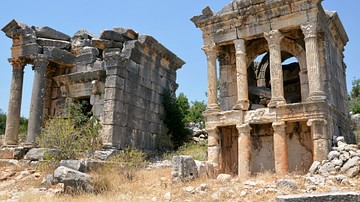
Definition
Cilicia
Cilicia is the ancient Roman name for the southeastern region of Asia Minor (modern-day Turkey). It is referenced in the biblical books of Acts and Galatians, was the birthplace of Saint Paul, and the site of his early evangelical missions...

Video
Lords of the Mountains: The Foundation of the Armenian Kingdom of Cilicia
For nearly three centuries between 1080 and 1375 a kingdom of exiles from the Armenian Plateau survived in the Taurus Mountains of modern day south-central Turkey. This is the story of the foundation of Armenian Cilicia during the maelstrom...
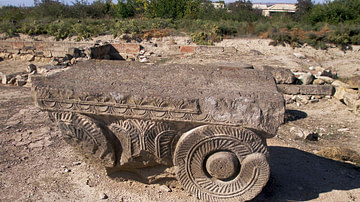
Definition
Ancient Dvin
Dvin (aka Duin), located 40 km south of modern Yerevan, was the capital of early medieval Armenia for four centuries. Founded in the 4th century CE, the city prospered and became the administrative head of the Armenian church. Remaining the...

Image
Fragments of Armenian Plates
These clay fragments are decorated with glaze and date from the 13th century BCE. They were excavated in what is present-day Armenia. (Metsamor Historical-Archaeological Museum-Reserve, Taronik, Armenia)
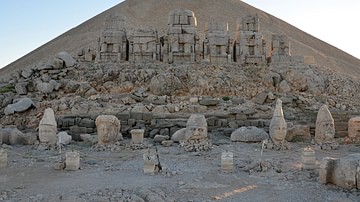
Definition
Commagene
The Kingdom of Commagene (163 BCE - 72 CE) was a Hellenistic political entity, heavily influenced by Armenian and ancient Persian culture and traditions, established in southwestern Anatolia (modern-day Turkey) by Ptolemaeus of Commagene...
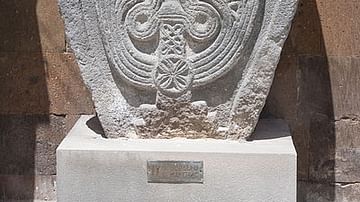
Definition
Vagharshapat
Vagharshapat (Valarsapat), located some 20 km west of modern Yerevan, was an ancient city in Armenia founded in the 2nd century CE. Serving as the capital, the city prospered and, under the new name of Echmiadzin, became the spiritual capital...
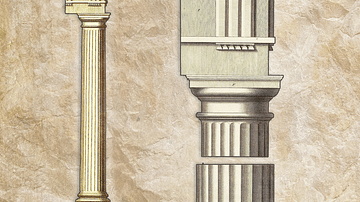
Image
The Doric Order, Classical Orders of Architecture
The Classical Orders of Architecture (Doric, Ionic, Corinthian, Tuscan, and Composite), originating in ancient Greece and refined by the Romans, are fundamental design principles that significantly influence classical and neoclassical structures...
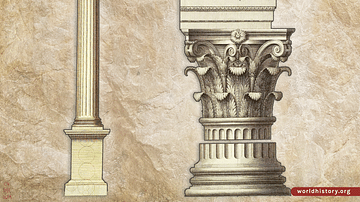
Image
The Corinthian Order, Classical Orders of Architecture
The Classical Orders of Architecture (Doric, Ionic, Corinthian, Tuscan, and Composite), originating in ancient Greece and refined by the Romans, are fundamental design principles that significantly influence classical and neoclassical structures...
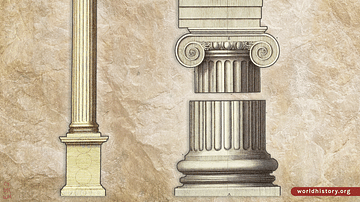
Image
The Ionic Order, Classical Orders of Architecture
The Classical Orders of Architecture (Doric, Ionic, Corinthian, Tuscan, and Composite), originating in ancient Greece and refined by the Romans, are fundamental design principles that significantly influence classical and neoclassical structures...
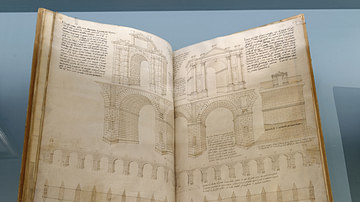
Image
Pages from Serlio's Seven Books on Architecture
Pages from 'Seven Books on Architecture' by the Italian Renaissance architect Sebastiano Serlio (c. 1475-1554 CE). 1551-1554 CE. (Bayerische Staatsbibliothek, Munich)